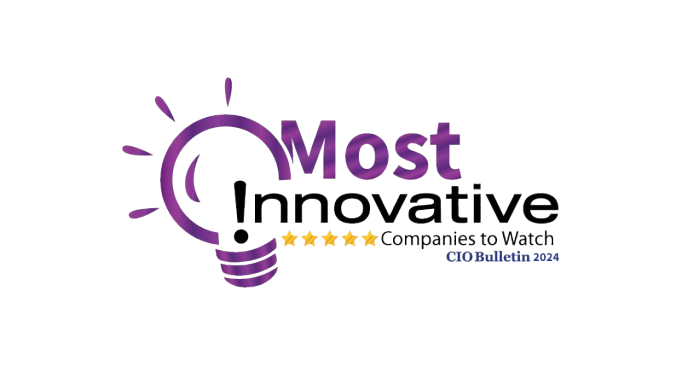Supercharge Your Shopify Store: From Single Product to Thousands of Keywords
In the competitive world of e-commerce, leveraging SEO can be a game-changer for your Shopify store. By transforming a single product into thousands of keywords and optimizing collection pages, you can significantly boost your store's visibility and profitability. Here’s a step-by-step guide to achieve this.
The Power of Keywords
Keywords are the bedrock of SEO, guiding potential customers to your store. Targeting the right keywords increases your visibility on search engine results pages (SERPs), driving traffic and boosting sales.
Step 1: Comprehensive Keyword Research
Start by conducting thorough keyword research. This process involves identifying primary keywords for your product and discovering related terms. Here’s how to do it effectively:
- Seed Keywords: Begin with basic terms describing your product. For instance, if you’re selling "organic skincare," start with terms like "organic moisturizer," "natural skincare," and "vegan beauty products."
- Keyword Research Tools: Utilize tools such as Google Keyword Planner, Ahrefs, and SEMrush to find related keywords. These tools provide search volume, competition, and other essential metrics.
- Competitor Analysis: Analyze your competitors' keywords. This can reveal additional keywords you might have missed.
- Long-Tail Keywords: Focus on long-tail keywords, which are specific phrases with lower competition, attracting highly targeted traffic.
Step 2: Build a Keyword Matrix
Organize your keywords into a keyword matrix, grouping similar keywords and mapping them to different stages of the buyer’s journey (awareness, consideration, and decision). This helps in creating content targeting various audience segments at each stage.
Step 3: Optimize Product Descriptions
Optimize your product descriptions with the keywords from your matrix. Here’s how:
- Natural Integration: Incorporate keywords naturally into your descriptions. Avoid keyword stuffing, which can negatively impact your rankings.
- Highlight Benefits: Ensure your descriptions are engaging and emphasize the product's benefits and features.
- Synonyms and Related Terms: Use synonyms and related terms to avoid repetition and target a broader range of search queries.
Step 4: Optimize Collection Pages
Collection pages are crucial for targeting additional keywords and improving SEO. Optimize them by:
- Descriptive Titles: Use descriptive titles that include relevant keywords. For example, instead of “Skincare,” use “Organic Skincare Collection.”
- Unique Descriptions: Each collection page should have a unique description incorporating keywords and describing the products and their benefits.
- Internal Linking: Link to related products and collections within descriptions to enhance navigation and SEO.
- Image Optimization: Use high-quality images with descriptive file names and alt text that include relevant keywords.
Step 5: Create Supporting Content
Supporting content like blog posts, guides, and tutorials helps target additional keywords and provides value to customers. Here’s how:
- Blog Posts: Write posts addressing common questions or issues related to your products. For example, “How to Choose the Best Organic Skincare Products” can target various related keywords.
- Guides and Tutorials: Create detailed guides and tutorials that offer in-depth information about your products, attracting backlinks and boosting SEO.
- User-Generated Content: Encourage customer reviews and testimonials, which often include natural keywords and can improve rankings.
Step 6: Monitor and Adjust
SEO is an ongoing process. Regularly monitor keyword rankings and traffic using tools like Google Analytics and Search Console. Adjust your strategy based on performance data. If certain keywords aren’t driving traffic or conversions, refine your approach and try new keywords.
Conclusion
By turning a single product into thousands of keywords and optimizing your collection pages, you can significantly enhance your Shopify store’s visibility and profitability. Conduct thorough keyword research, build a keyword matrix, optimize product descriptions and collection pages, and create supporting content to achieve your SEO goals. Remember, SEO is a long-term investment, so be patient and consistent in your efforts.
Unlock the potential of your Shopify store by implementing these SEO strategies and watch your online presence and sales soar.
Featured Resources
Check Our Latest Resources




